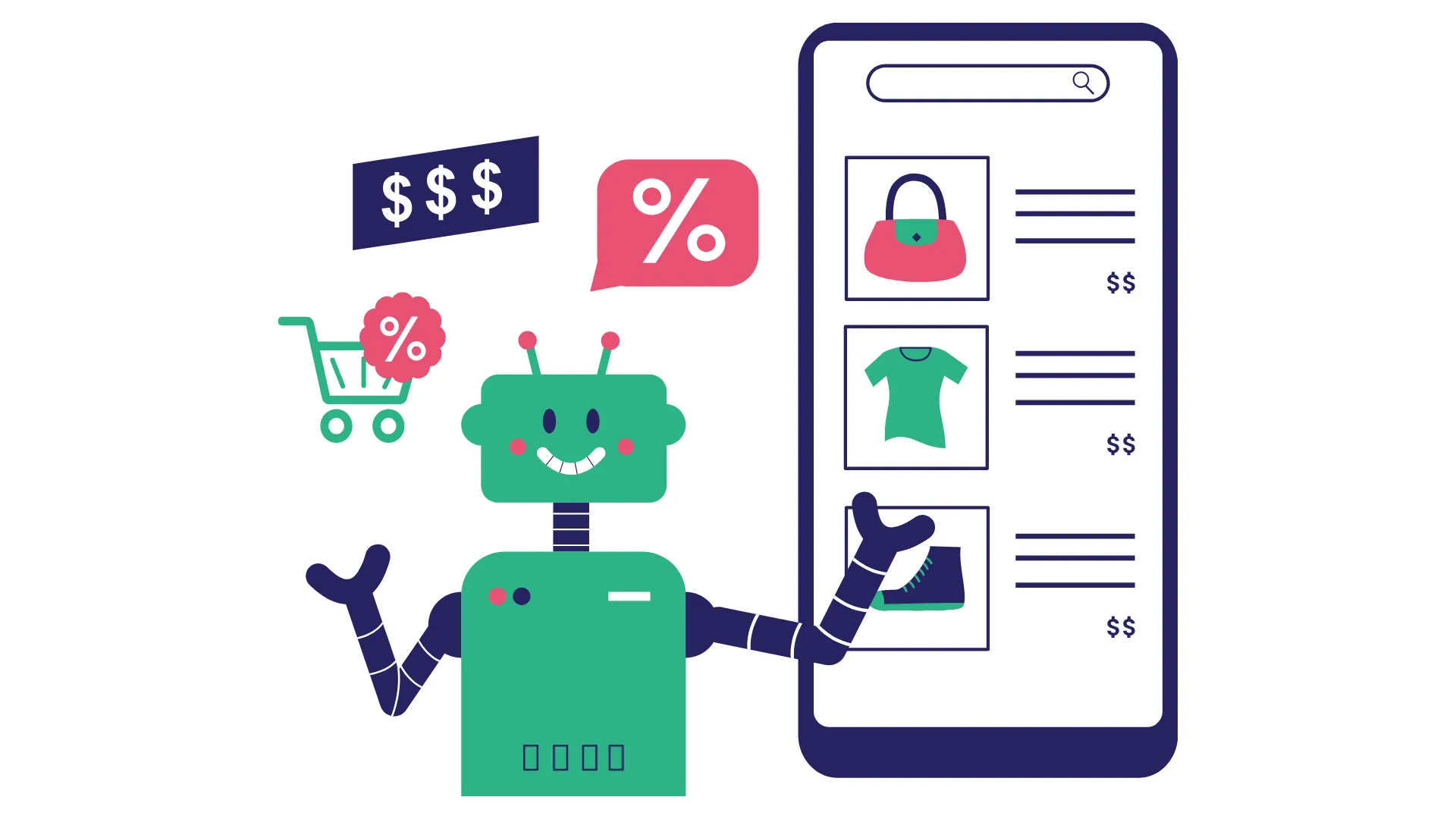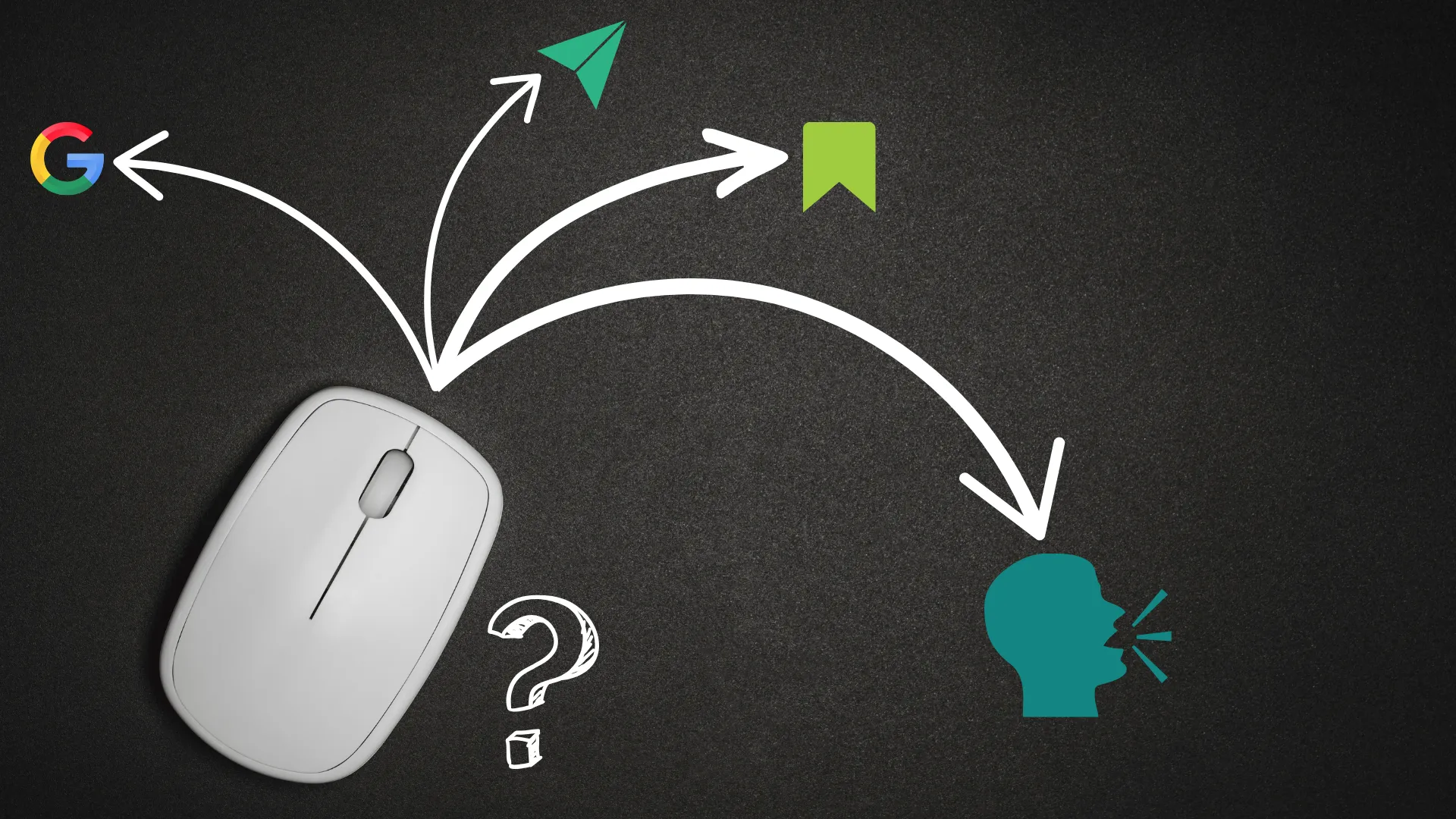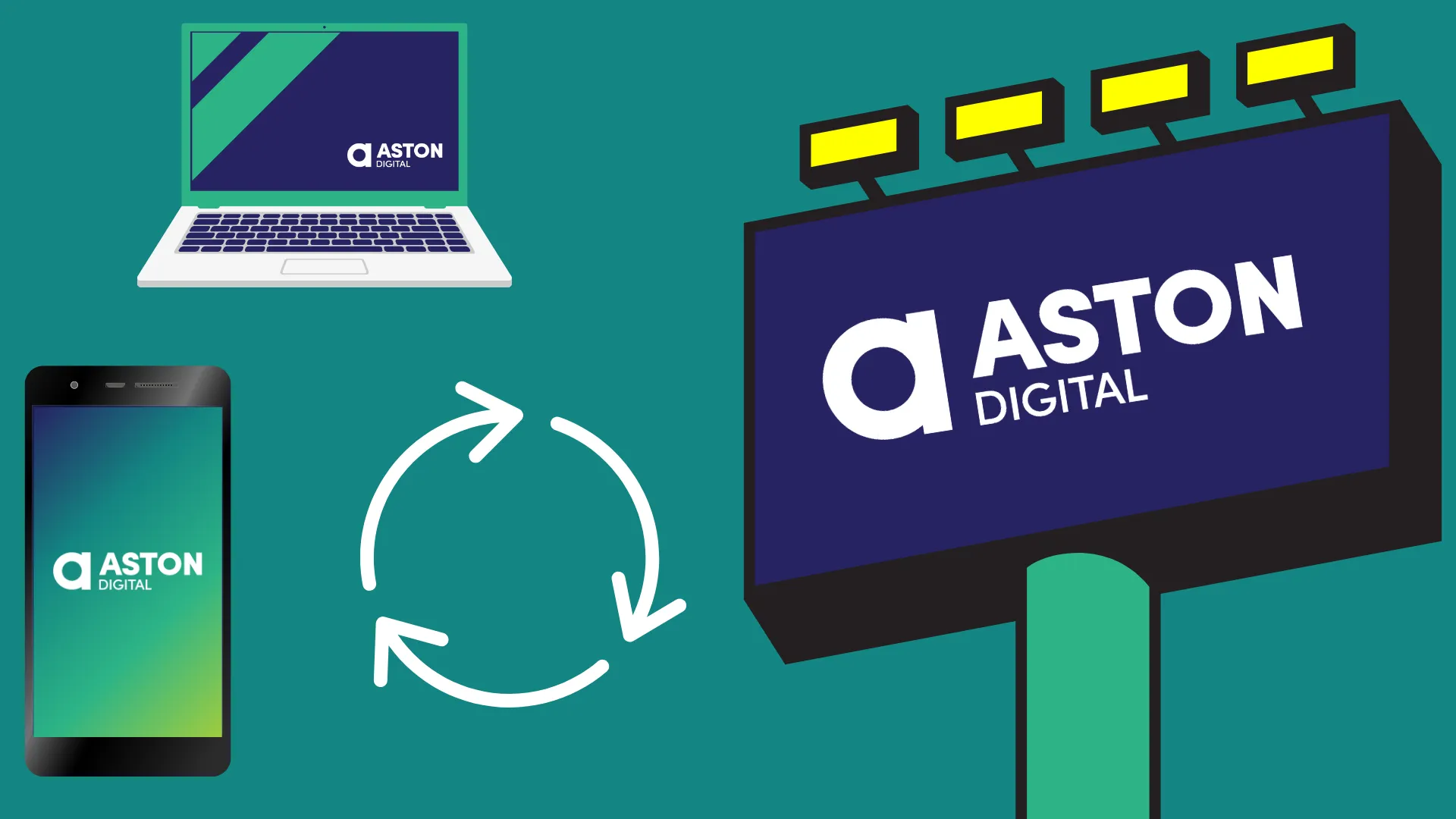When you think about it, Pinterest is not really a social media platform but more of a search engine. While it does allow users to follow and engage with brands, its primary function is to help people discover ideas and inspiration.
Pinterest holds just as much SEO potential as a traditional search engine like Google. In fact, 96% of Pinterest searches are unbranded which opens a world of opportunity for businesses to reach new audiences.
What actually is Pinterest SEO?
Imagine you’re renovating your kitchen and you want some inspiration on new layouts, colours or cabinetry styles. By entering keywords into Pinterest’s search bar, you’ll be presented with a variety of styles and concepts that match your query.
How does Pinterest determine which pins to show based on your search terms? Pinterest SEO relies on four key factors:
- Domain Quality
- Pin Quality
- Pinner Quality
- Topic Relevance
Domain Quality
Domain quality refers to the credibility and quality of your website. Pinterest tracks how often your content is pinned and the quality of that content. Consistency is key; just like maintaining a regular content schedule for your website, you should regularly pin high-quality content to see SEO benefits on Pinterest.
Pin Quality
The quality of a Pin is measured by its freshness, popularity, and engagement. To boost the quality of your Pins, focus on creating visually appealing graphics and images that encourage users to share them – think of it like building backlinks in traditional SEO.
Pinner Quality
Similar to how Google evaluates the quality of backlinks, Pinterest assesses the quality of the pinners sharing your content. Staying active on the platform, sharing popular content and engaging with your followers can improve your pinner quality and, in turn, boost your SEO.
Topic Relevance
Topic relevance is about using the right keywords for your pins. These keywords influence what appears in Pinterest search results, just as they do with Google search results.
Pinterest vs Google as a search engine
While Google focuses on text-based search results, Pinterest serves up image and video-heavy results. Interestingly, Google has shifted toward more visual-first features in its search engine results pages (SERPs). Today, when you search on Google, you may have to scroll past shopping results, images, videos, maps or featured snippets before reaching traditional text listings.
Why you should invest in Pinterest SEO
Pinterest SEO is a valuable investment, especially if your website already features visual content such as product photos, graphics or infographics. Pinning these visuals creates linking opportunities, builds authority and increases trust in your brand. Additionally, it provides another avenue for potential customers to discover your business.
Pinterest SEO should complement, not replace, your current SEO efforts.
How to optimise your Pins
There’s an important formula to follow when creating your pins to maximise performance.
1. Keyword research
Identify targeted keywords and phrases that are relevant to both Pinterest users and your website’s SEO content. An aesthetically pleasing image is crucial, but you also need to direct users to a valuable destination when they click on your pin.
2. Image optimisation
Just like you would rename your image files before uploading them to your website, you need to make sure that you do the same for Pinterest. Include relevant alt text and descriptions for better SEO performance.
3. Make your Boards discoverable
Pinterest Boards can also show up in search results, helping to boost your discoverability on the platform. Make your Board names and descriptions as SEO-friendly as possible by using strategic keywords and phrases.
4. Post consistently
Pinterest’s content is always fresh. Unlike Google, where identical searches may produce the same results over time, Pinterest consistently provides new content through recently uploaded boards and pins. This creates an inspiring experience for users who can always find fresh ideas.
Pinterest SEO is an excellent way to expand your digital reach and enhance your existing SEO efforts. Let our team help you harness the power of Pinterest. Get in touch today.

For years, Search Engine Optimisation (SEO) was the golden rule of digital marketing. Optimise keywords. Earn backlinks. Climb the rankings. But the way people find answers is [...]

A billion searches were made on ChatGPT last week alone. Now, OpenAI is turning those queries into a powerful new retail experience. ChatGPT recently launched its AI [...]

Google’s AI Overviews are reshaping search by pulling answers from the places people are actually talking: Reddit, YouTube, Quora and other community-driven platforms. According to new data [...]

Quick Website Audit Checklist When was the last time you really looked at your website through the eyes of a customer? We often assume that once [...]

For years, Search Engine Optimisation (SEO) was the golden rule of digital marketing. Optimise keywords. Earn backlinks. Climb the rankings. But the way people find answers is [...]

When you see a paid ad, nine times out of ten, you're probably not clicking on it. Instead, you'll likely hop over to Google, search the brand [...]

In digital advertising, audience targeting has always been both an art and a science. But what if the science just got smarter - a lot smarter? We’ve [...]

With attention spans getting shorter and competition fiercer, brands are constantly searching for that magic formula to stand out. But the answer isn’t always a bold campaign [...]

A billion searches were made on ChatGPT last week alone. Now, OpenAI is turning those queries into a powerful new retail experience. ChatGPT recently launched its AI [...]

Google’s AI Overviews are reshaping search by pulling answers from the places people are actually talking: Reddit, YouTube, Quora and other community-driven platforms. According to new data [...]

We recently posted a simple promotion on a client’s social media account. It was about a niche product - nothing flashy, not designed to go viral, just [...]

Starting July 10, 2025, public posts from professional Instagram accounts will start appearing in Google search results. That means your photos, Reels and videos could soon show [...]

One of the most common concerns we hear from clients is: “I feel like we’re repeating ourselves too much.” They worry that saying the same message more [...]

Quick Website Audit Checklist When was the last time you really looked at your website through the eyes of a customer? We often assume that once [...]

